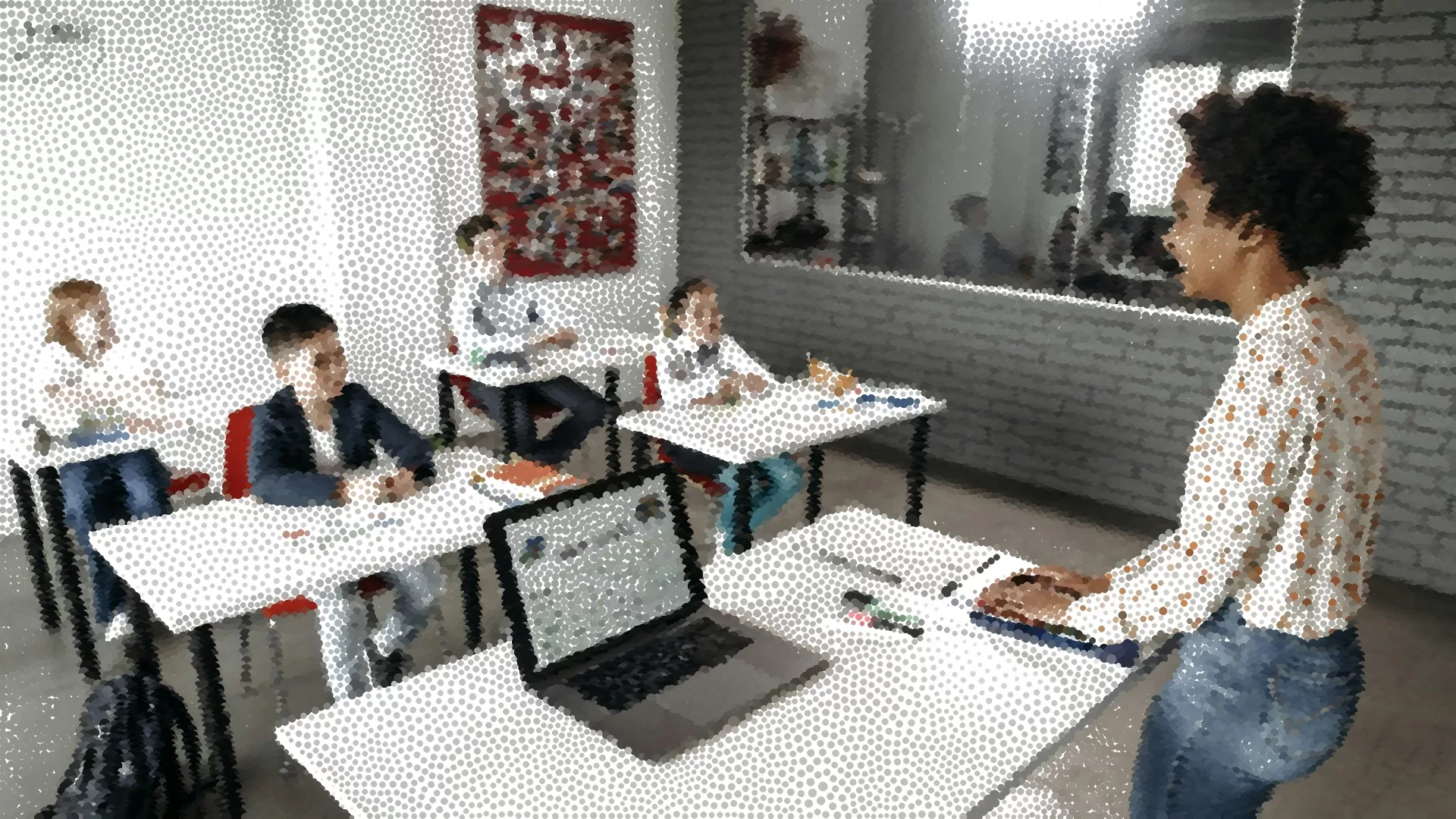
From Screen Time to AI: How Every New Technology Becomes a Moral Crisis
11 November, 2025
From Screen Time to AI: How Every New Technology Becomes a Moral Crisis
Each generation meets new technology with a pang of moral anxiety. From writing to the printing press, from television to mobile devices, and now AI, we see the same pattern…




